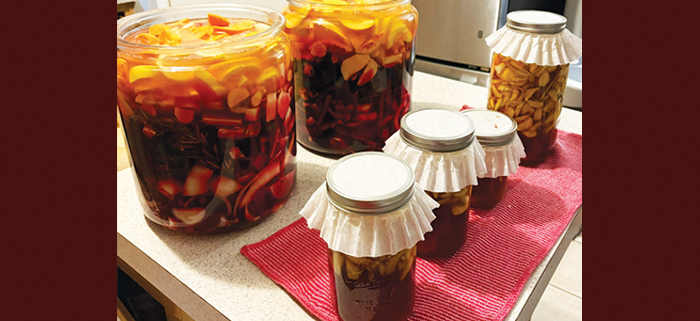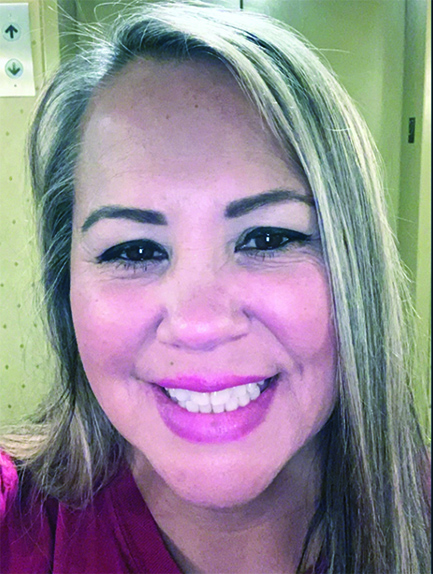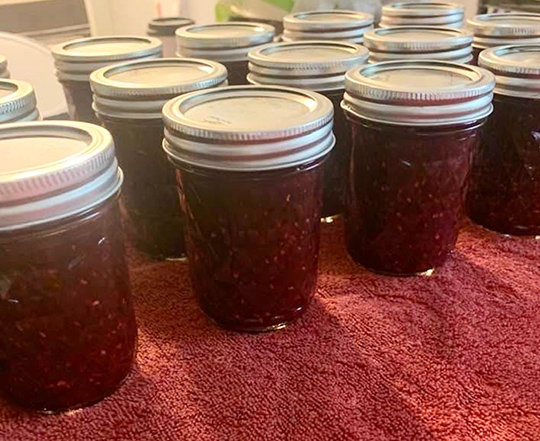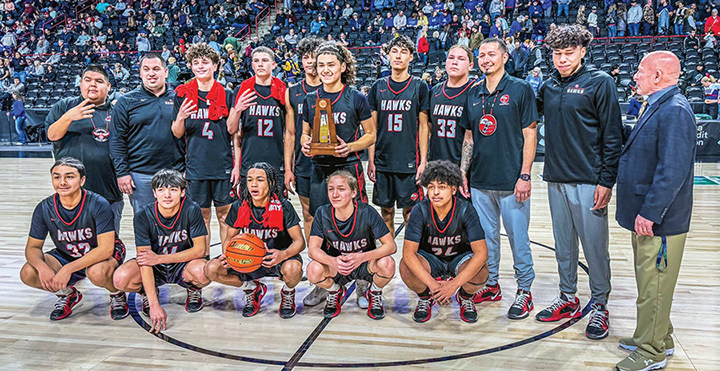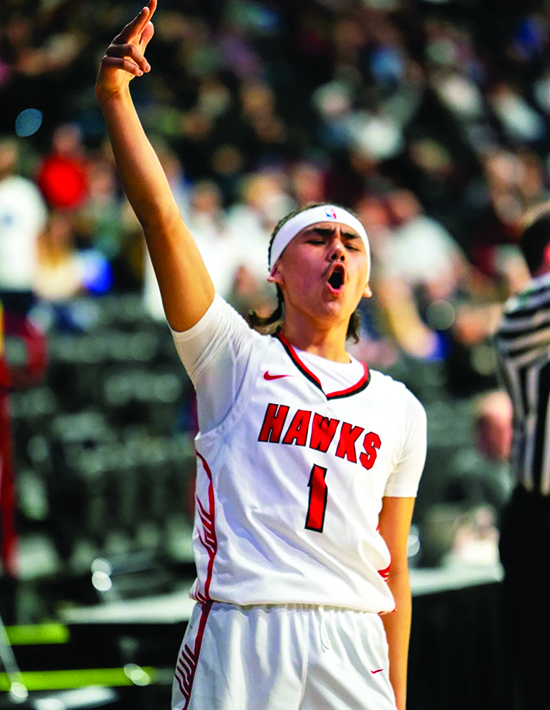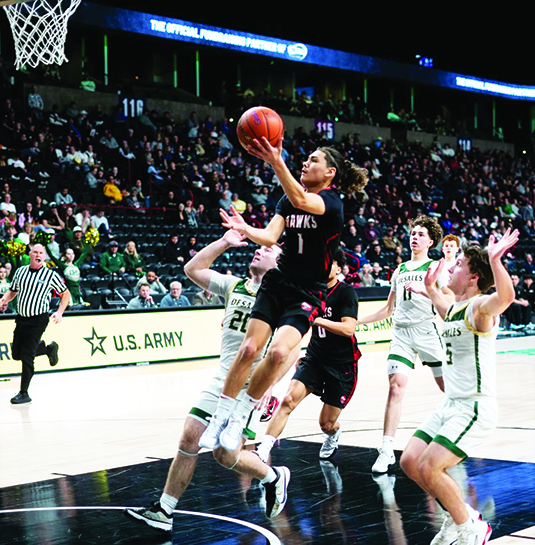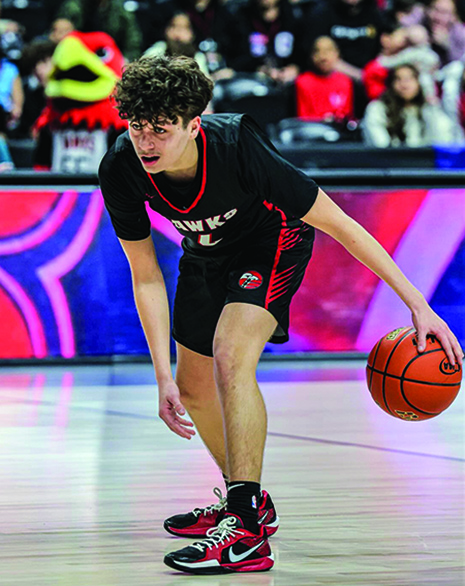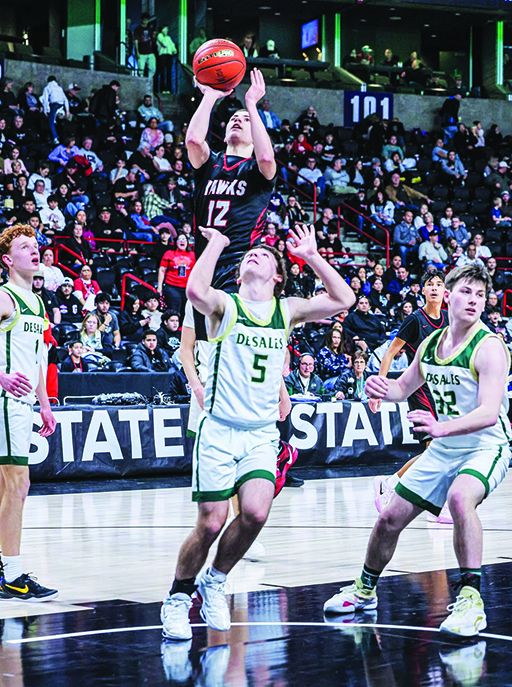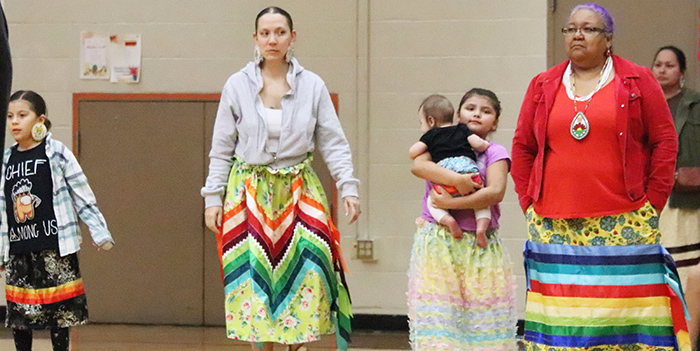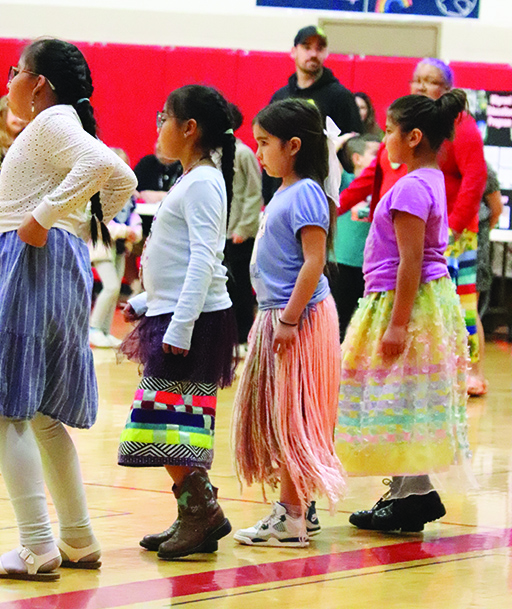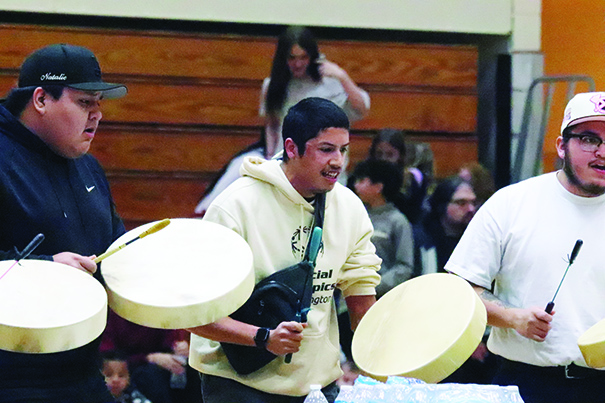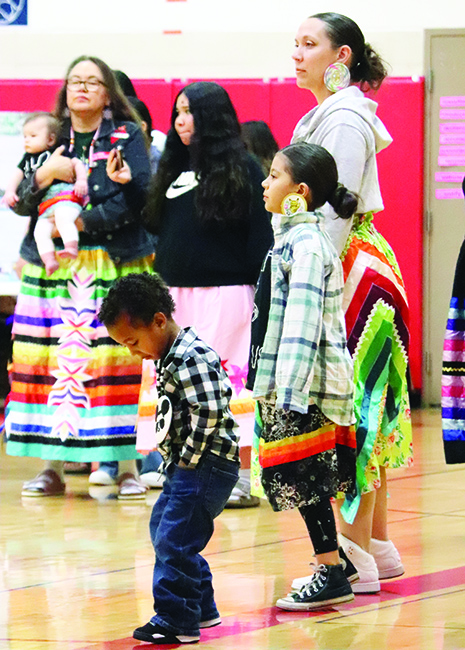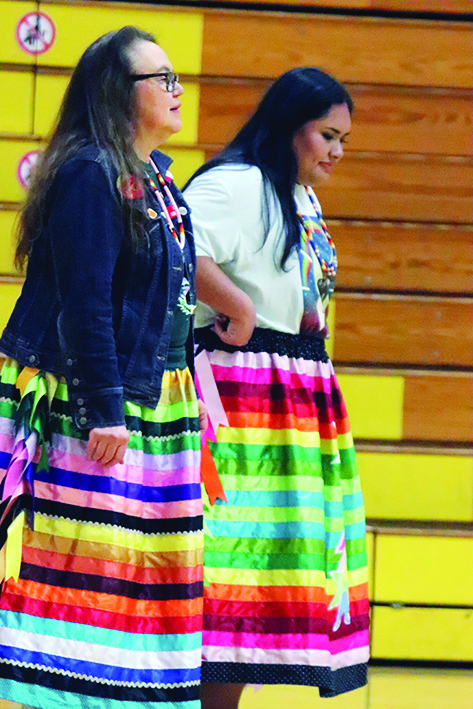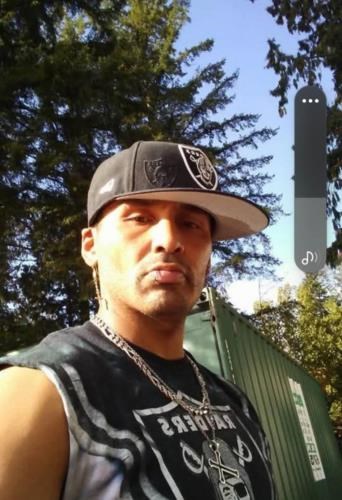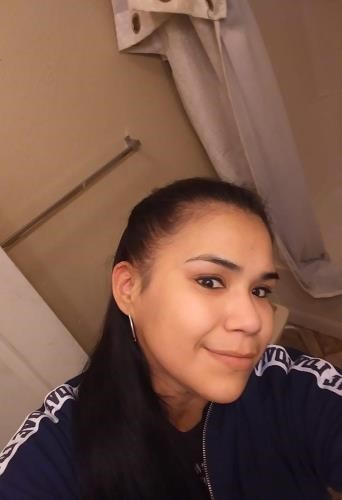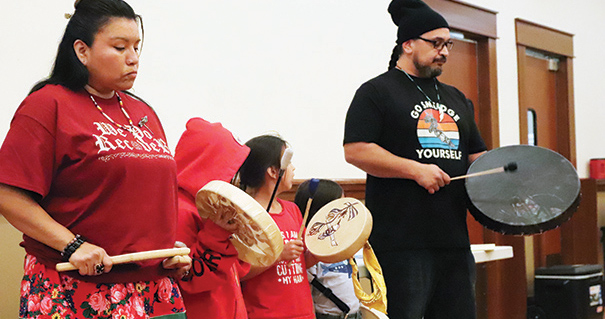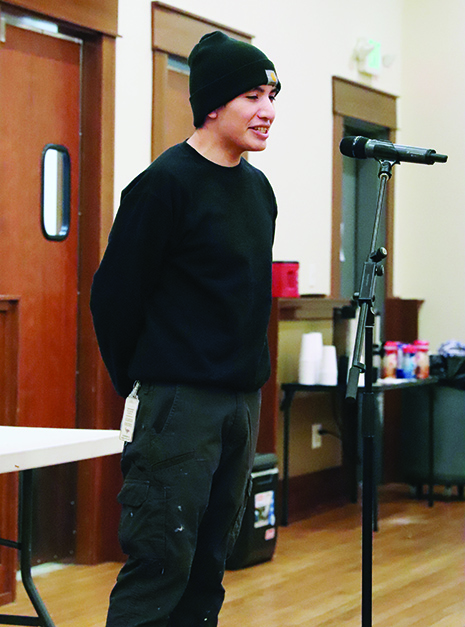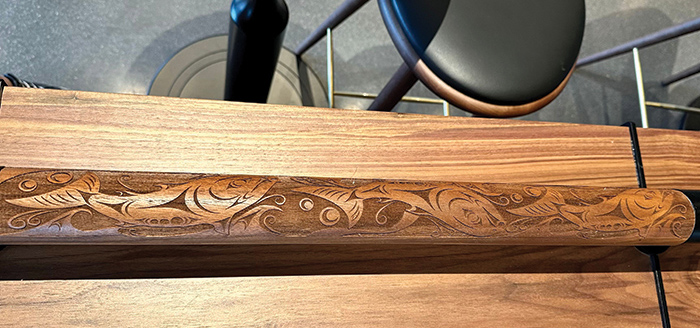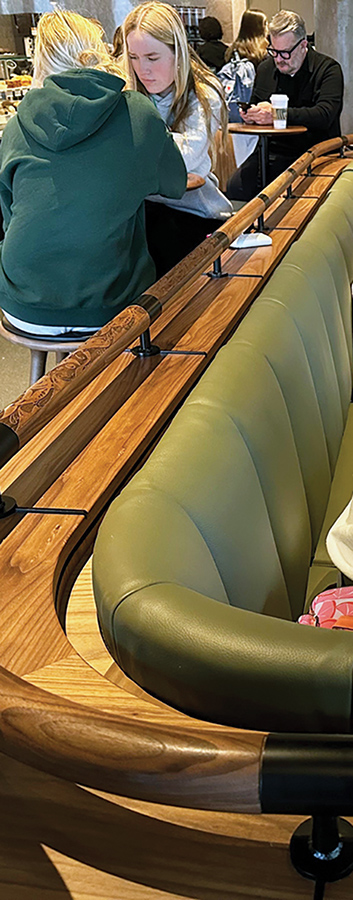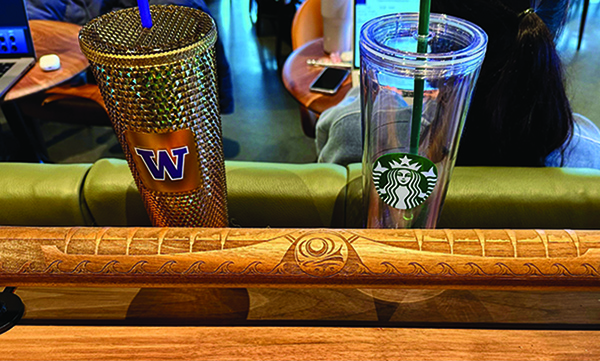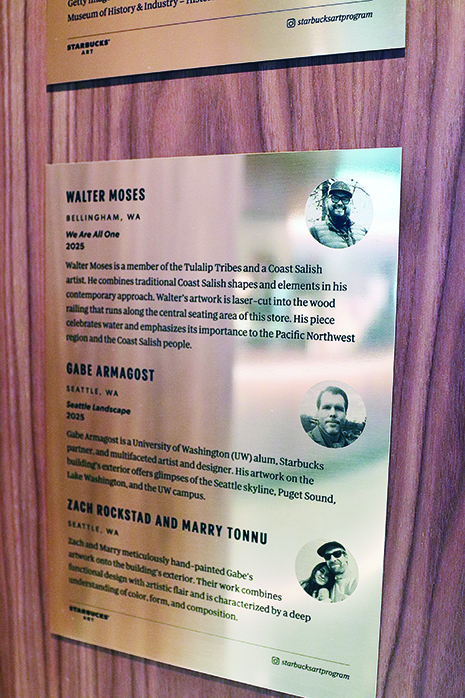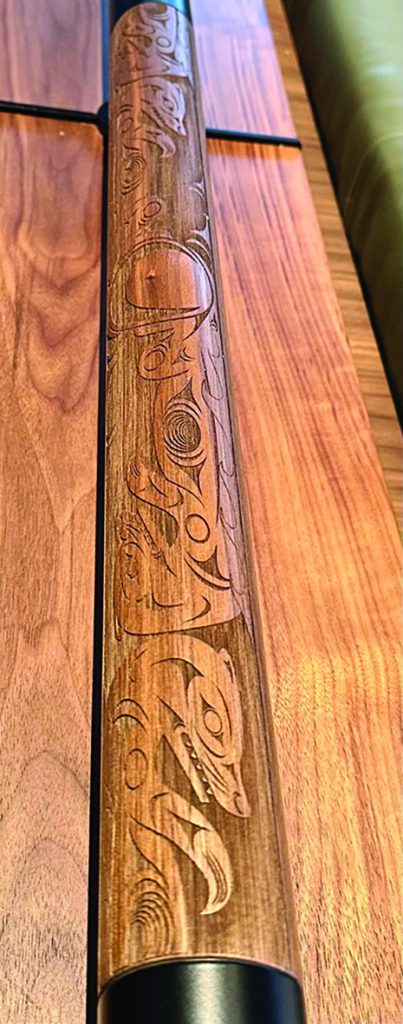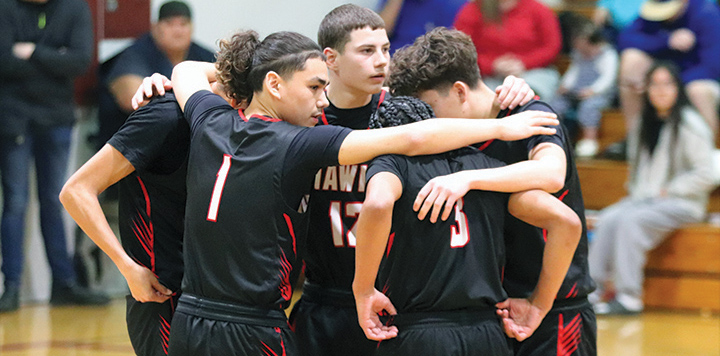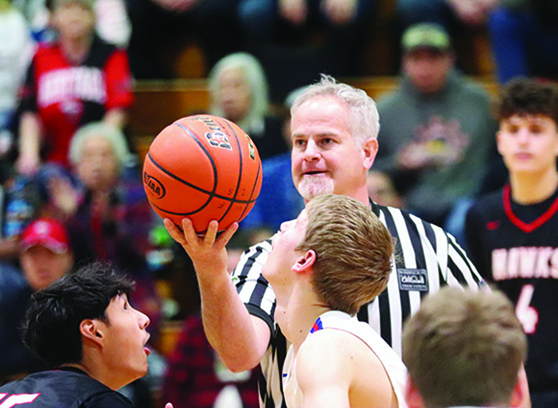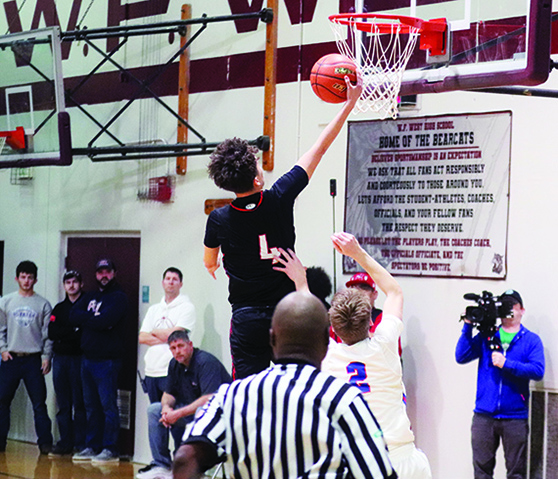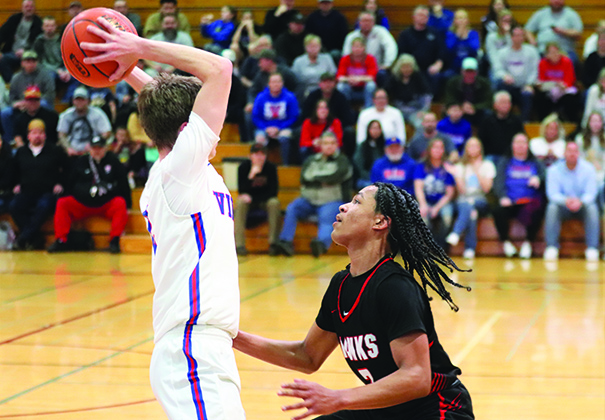
By Kalvin Valdillez; photos courtesy of Pyet DeSpain
The season of the brackets is upon us. And though many are filling out their brackets with NCAA basketball teams for March Madness, Food Network viewers are inputting the names of 32 highly respected chefs on theirs. Now in its sixth season, the hour-long reality cooking contest known as the Tournament of Champions brings together both seasoned vets and up and coming chefs for a thrilling and entertaining single-elimination battle.
Not only are the chefs competiting against each other, but they are also up against the ‘randomizer’, which is a wheel that determines the protein, produce, equipment, style, ingredient, and time of their cook. The chefs must incorporate each aspect of the randomizer into their plate or else they face disqualification. The dishes are then subject to a blind judging process, where their food is placed in front of a panel of top tier chefs who do not know whose meal they are judging. The competitors must watch the judging process from their trailers and are called back to the stage once the results are in. The winner advances in the bracket until only one chef remains victorious and is awarded a cash prize, bragging rights, and the highly coveted TOC championship belt.
Split into four divisions, 24 well-known chefs were invited to the tournament and were seeded based on their accolades and accomplishments in the culinary world. The remaining eight spots had to be earned in the qualifier round, where 16 rising stars duked it out and put their all on a plate in hopes of advancing to the big dance. Among these 16 competitors was none other than Chef Stephanie ‘Pyet’ DeSpain of the Prairie Band Potawatomi Nation.
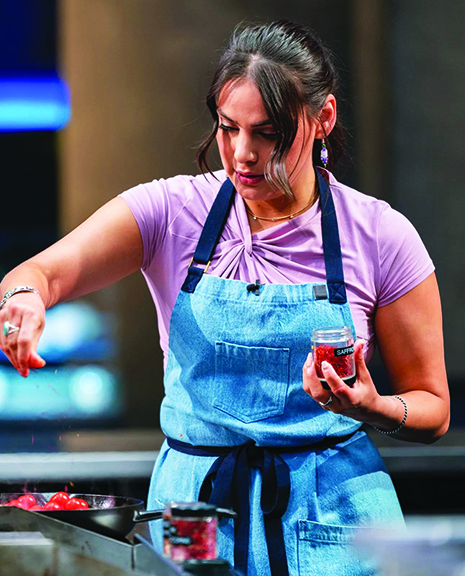
If you aren’t familiar with her game, Chef Pyet won the very first season of Gordon Ramsay’s Next Level Chef competition in 2022. Throughout Next Level Chef she incorporated her Native American and Mexican heritage into each dish she put forward. And by doing so, she brought some Indigenous teachings, knowledge, and history into living rooms all across the country.
Since winning Next Level Chef, Pyet has expanded her Los Angeles-based business, Pyet’s Plate, and has been named one of the Top 25 private chefs by Entrepreneur Magazine. In addition to offering her services as a private chef and catering at high-profile events, she also takes time to teach cooking classes and utilizes her platform to inspire Native youth throughout the nation. This is something she is very passionate about. In fact, she was the keynote speaker at 2022 UNITY conference in Minneapolis.
Hoping to inspire the next generation at the conference, Pyet shared “Remember that it’s okay to be your true authentic self. It’s okay to show the world you’re brown and proud. It’s okay to take a risk. Even if it might look scary, you never know where it leads you. Most importantly, it’s so crucial that you don’t forget your roots and you don’t forget your ways. Every day from this point forward, when you wake up, I want to challenge you to ask yourself, ‘who do I want to be?’. Not just in the future, but who do you want to be today. Do you want to be the best daughter? The best brother or sister? Do you want to be the best version of yourself? Really think about it because that’s what’s called setting an intention. When you start showing up as your best self every single day, and you’re brown and proud, things will start falling into place for you.”
This was Chef Pyet’s second year participating in the qualifying round. After she didn’t make the cut last year, she was determined to come back stronger than ever. And judging by the focus and energy she brought this year; she is not playing around and is gunning for the championship belt. She faced-off against Chef Ashleigh Shanti, who is a James Beard finalist and was named one of ‘16 Black Chefs Changing Food in America’ by the New York Times in 2019. In this round the randomizer called for a dish that consisted of ground beef, cherry tomatoes, and a peppery profile. She also had to incorporate the use of a spiralizer and had only 28 minutes to cook. In the end, Pyet’s Persian-inspired koobideh beat out Chef Ashleigh’s Salisbury steak by a margin of seven points.
After winning her qualifying round, TOC host and creator Guy Fieri said, “You wanted the tournament. This is your shot! You just won. Congratulations Chef DeSpain.”
Now in the main bracket, she must continue to bring her A-game as she goes head-to-head against some of the biggest names in the industry, including two Seattle-based restauranters, Shota Nakajima and Kaleena Bliss.

Said Chef Pyet, “You don’t see a lot of Native American chefs in cooking competitions – I might be the only one and that’s a big deal. I don’t work in a restaurant; I’m a private chef. That is the one thing that can be a little bit of a disadvantage. A lot of these other chefs got years and years of restaurant work under their belt, but Pyet is here and she’s staying in the tournament, she’s staying in the bracket.”
Her biggest challenge of the competition may perhaps come in the first round where she will take on a frequent TOC finalist and well-established chef, Jet Tila.
On an Instagram post she stated, “Going toe-to-toe with the legendary Jet Tila was not on my bingo card for 2025 life events, but here we are!”
Chef Pyet will make her first appearance on Tournament of Champions this Sunday, March 16. The show airs at 8:00 p.m. on the Food Network channel. You can stream the episode on Max or Hulu the day after it airs, beginning at midnight on March 17. Be sure to tune in to cheer on Chef Pyet as she continues to represent for Native America on the biggest stage in culinary competitions.
“I feel amazing. I’m very happy. I’m very excited,” she expressed. “I’m here for all the young Native people that aspire to be chefs, I’m here to fight for them.”
